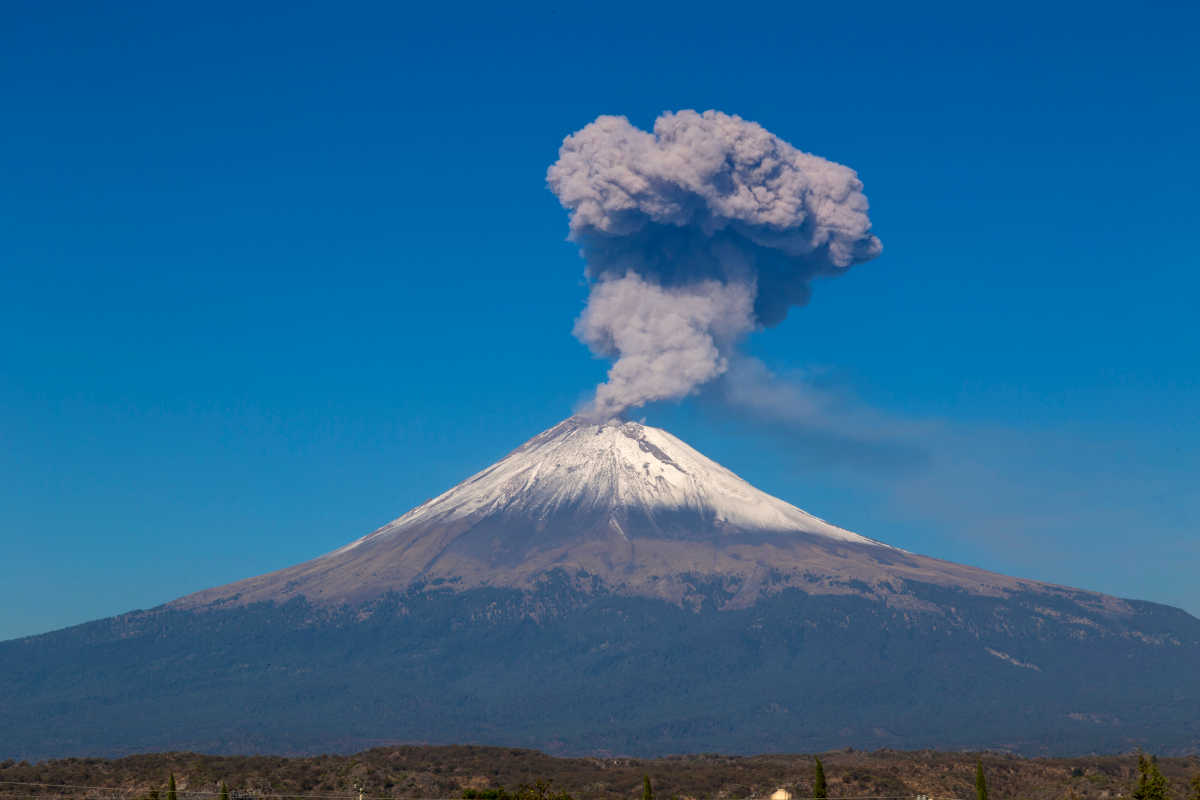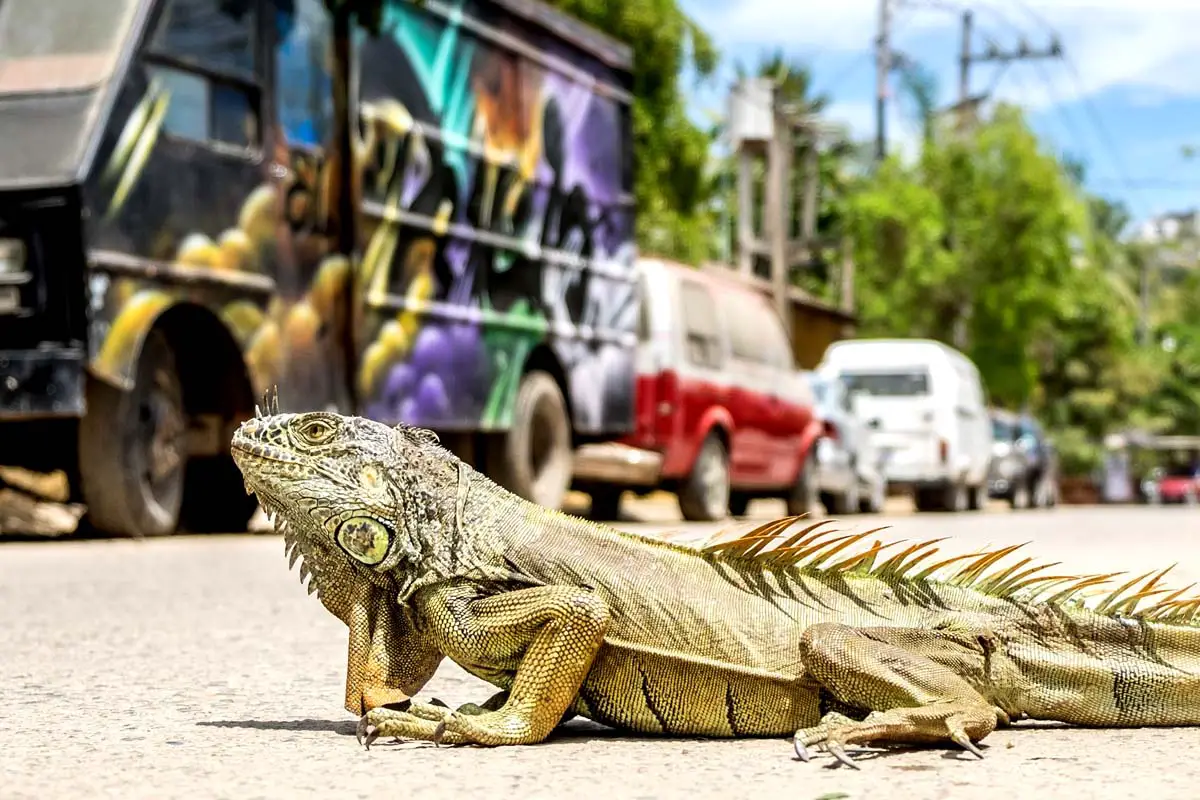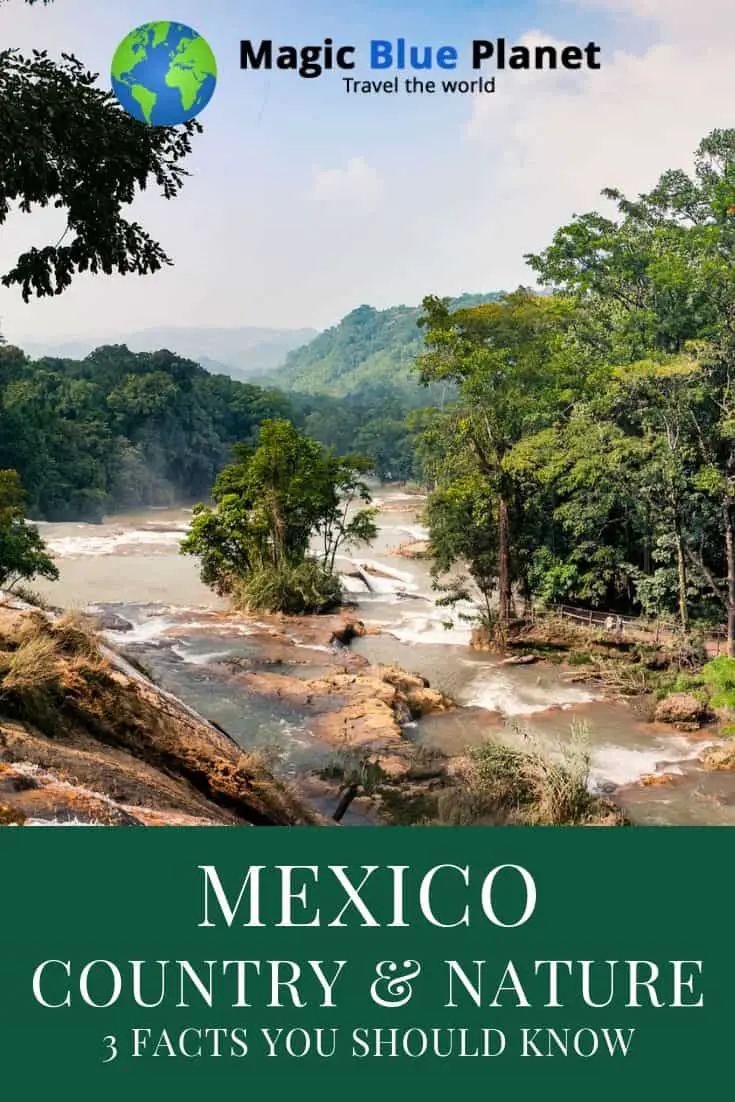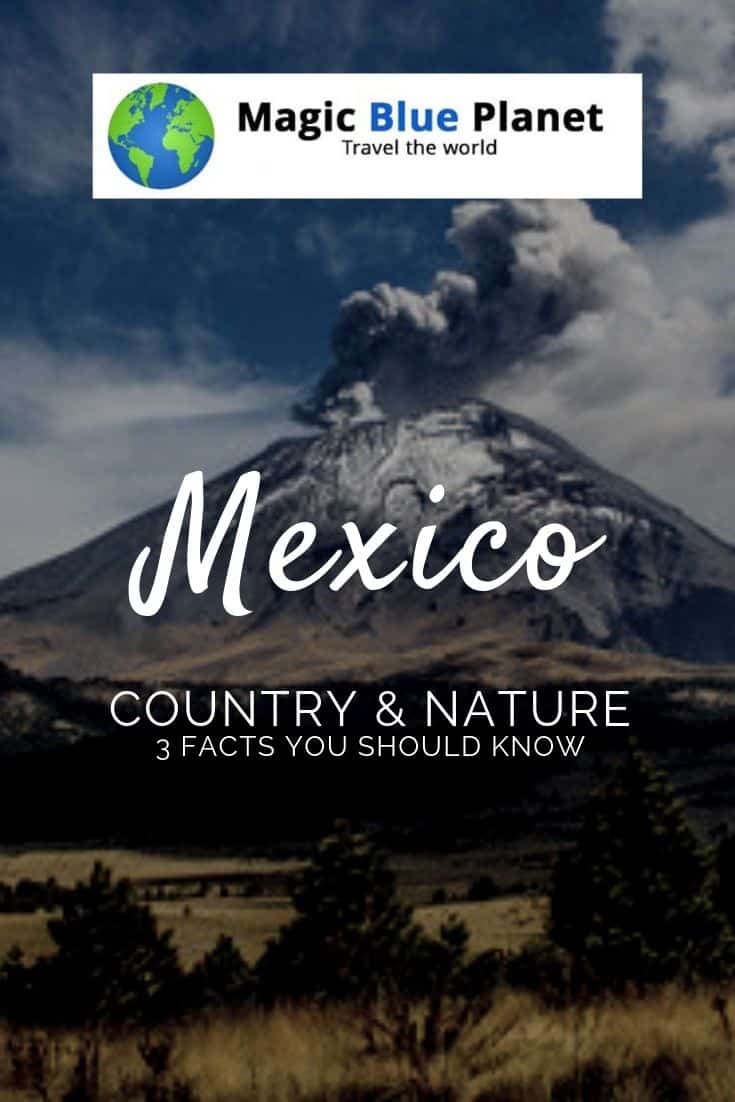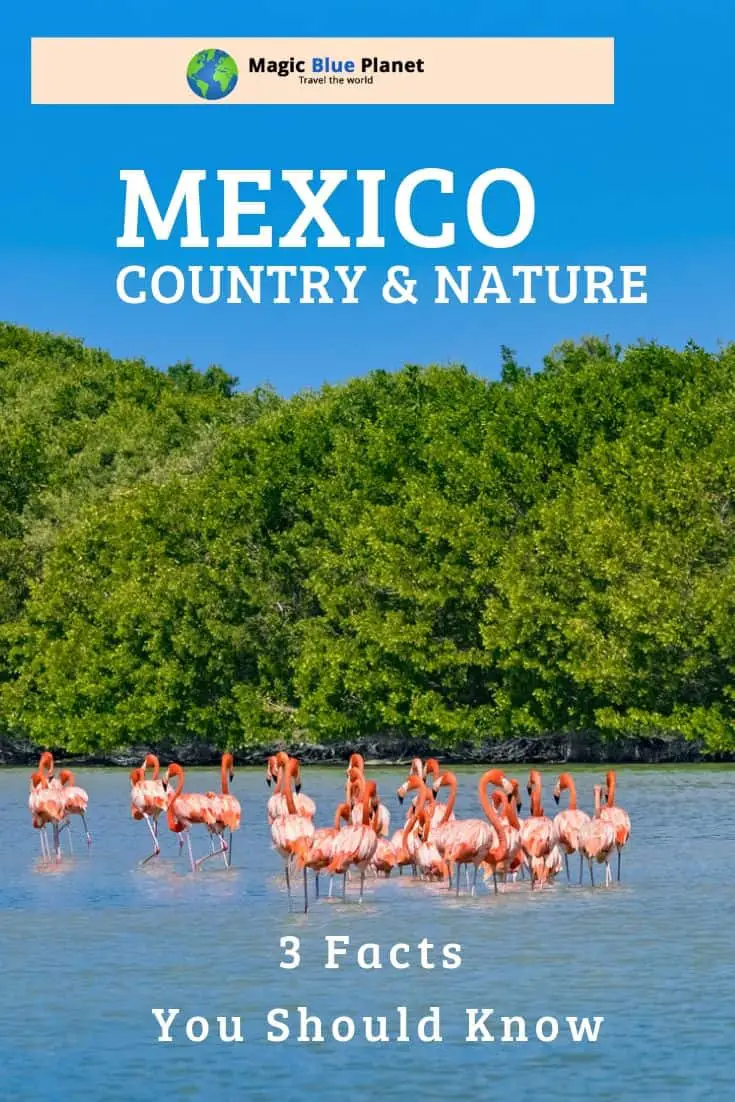Mexico Nature & Country
Mexico Nature & Country
Mexico Nature & Country
Mexico is a huge country – at least for those who think in the scales of European “sizes”. Likewise, Mexico has so many wonders to discover that a whole lifetime would not be enough. Of all the things that are there to know about this country, we have summarized the most important points for you here in our article “Mexico Country & Nature”.
Content: Country & Nature in Mexico
Mexico – The Country
Mexico is a federal republic in North America that includes 31 states and the capital district of Mexico City. Mexico borders the United States (US) to the north, the Pacific Ocean to the south and west, Guatemala, Belize and the Caribbean Sea to the southeast, and the Gulf of Mexico to the east. With a total area of nearly 800,000 square miles, Mexico is the fifth largest country on the American double continent, globally the country is 13th.
Mexico is almost 2000 miles long and has a width between 125 and 1250 miles. To the northwest is the 750 miles long Baja California Peninsula. To the east, the Yucatán Peninsula juts out into the Gulf of Mexico, which Mexico shares with Guatemala and Belize.
The highest peak in Mexico, at 17800 ft, is the active volcano Citlaltépetl, located on the border between the states of Puebla and Veracruz. The lowest point at 27 ft is Mexicali, the capital of the state of Baja California.
The Climate in Mexico
Mexico is a diverse climate country with subtropical and alpine climates as well as desert climate. Depending on the destination of a trip, rather different clothing should be packed. Anyway, most of the touristic areas are rather warm in average temperature.
Especially in the north of Mexico you have to count on desert climate. Dry heat and little rain await you in these regions of the country. You have certainly seen the typical landscapes with rocks and cacti in many movies or in pictures.
Mexico is a diverse climate country with subtropical and alpine climates as well as desert climate. Depending on the destination of a trip, rather different clothing should be packed. Anyway, most of the touristic areas are rather warm in average temperature.
Especially in the north of Mexico you have to count on desert climate. Dry heat and little rain await you in these regions of the country. You have certainly seen the typical landscapes with rocks and cacti in many movies or in pictures.
The center of Mexico is partly very high. Although the large cities were built in the valleys between the mountains, some of them are still quite high. For example, the capital Mexico City is 2,250 m above sea level. Inland there are volcanoes, some of which reach considerable altitudes. The highest of them is the Citlaltépetl (Pico de Orizaba) with just under 6,000 m. So you are welcome to adjust to temperate climate and thin air in these regions.
The south of Mexico, on the other hand, is characterized by tropical jungle. Dense vegetation reaches the coasts of the country, and you have to expect hot and humid conditions. I remember the first time I got off a plane in Cancun – it felt like being in a sauna shortly after the infusion. 90% humidity is completely normal in these regions, but the constant breeze from the sea provides reliable refreshment.
The center of Mexico is partly very high. Although the large cities were built in the valleys between the mountains, some of them are still quite high. For example, the capital Mexico City is 2,250 m above sea level. Inland there are volcanoes, some of which reach considerable altitudes. The highest of them is the Citlaltépetl (Pico de Orizaba) with just under 6,000 m. So you are welcome to adjust to temperate climate and thin air in these regions.
Nature of Mexico
Did you know that Mexico is also one of twelve countries that are considered so-called “Biodiversity hotspots“? Mexico is home to 200,000 different species, or 10-12 % of all species found worldwide.
Mexico occupies the first place in terms of biodiversity in reptiles, with 763 known species, with 448 species, the second place in mammals and with 290 known species fourth place in the amphibians. The flora comprises 26,000 different species. About 2500 species are protected by law, large areas are dedicated as Biosphere Reserves under protection as a UNESCO World Heritage Site.
A trip to Mexico is always a great experience. With tons of things to see, lovely people and a unique culture, you can be sure to take some unforgetteable memories home with you. You want to know more about Mexico? Check out this post about Mexican people and culture.
#magicblueplanet #mexico #mexicotravel #visitmexico
You might also be interested in this

